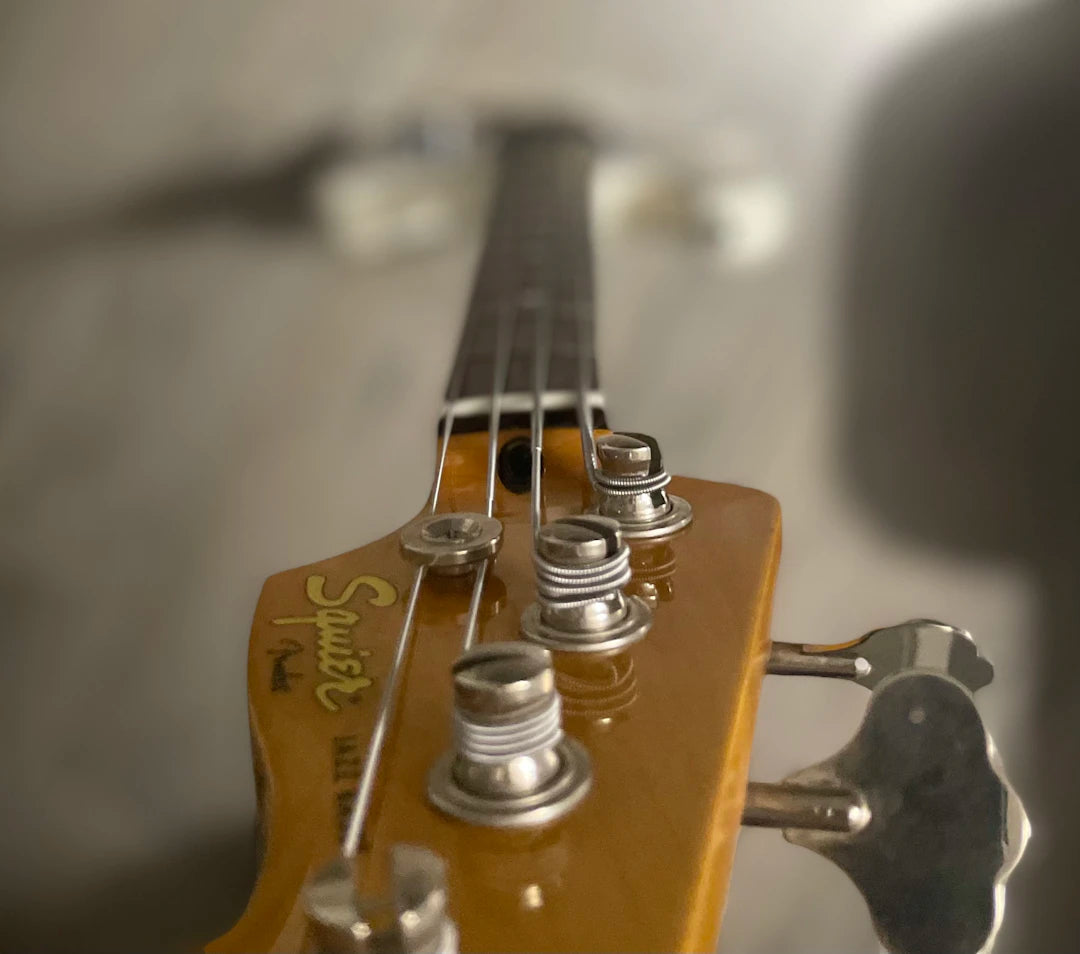Frequently Asked Questions
1. What are guitar pickups?
2. What types of guitar pickups are there?
3. Why are vintage pickups sought after?
4. How can I identify genuine vintage guitar pickups?
5. What maintenance tips should I follow for vintage guitar pickups?
For guitar enthusiasts and collectors, the world of vintage guitar pickups is a realm of intrigue and inspiration. From the unforgettable sound of the 1950s Strat pickups to the unique character of different pickup types, this guide will explore essential aspects of vintage pickups, helping you make informed choices for your musical journey.
What Are Guitar Pickups?
Before diving into the vintage realm, it’s crucial to understand what guitar pickups are and their role in shaping a guitar's tone. Guitar pickups are electromagnetic devices that capture string vibrations and convert them into an electrical signal, which is then amplified to create sound. The quality and type of pickups significantly influence a guitar’s tonal characteristics, making them a vital consideration for any guitarist.
The Evolution of Guitar Pickups
The development of guitar pickups dates back to the early 1930s, with significant advancements throughout the decades. Various pickup designs emerged, each with unique sonic properties and applications. Understanding the evolution of these pickups will help you appreciate the charm of vintage models, especially the coveted 1950s Strat pickups that revolutionized rock and roll.
Different Types of Guitar Pickups
There are several types of guitar pickups, each offering distinct tonal voices. Here are some of the most prominent types:
- Single-Coil Pickups: Known for their bright, clear tone, single-coil pickups dominate the sound of many classic rock and blues guitars. The 1950s Strat pickups are famous examples that produce a punchy, cutting sound, ideal for solos and rhythm playing.
- Humbucker Pickups: Characterized by their thicker, warmer sound, humbuckers use two coils to cancel out background noise, making them perfect for high-gain settings. They gained popularity in the late 1950s and heavily influenced rock and metal genres.
- P90 Pickups: A unique blend between single-coil and humbucker, P90s provide a powerful and gritty tone with a mid-range punch. Their vintage appeal lies in their rich harmonic content, making them a popular choice among blues and rock guitarists.
The Allure of 1950s Strat Pickups
The 1950s Strat pickups are quintessential examples of classic guitar tone. These pickups are celebrated for their bright and bell-like tones, which contributed significantly to the sound of legendary guitarists like Jimi Hendrix and Eric Clapton. The design of these pickups features a unique winding pattern and a specific magnet type that yields an unmistakable sonic signature.
Why Choose Vintage Pickups?
Vintage guitar pickups are sought after not just for their sound but also for their historical significance and rarity. Here are some reasons why players still gravitate toward vintage pickups:
- Unique Tone: Vintage pickups often possess a character and depth that modern pickups can't replicate. The materials and craftsmanship used in the past contribute to their distinct sound.
- Nostalgia and Heritage: For many guitarists, vintage pickups are a nod to the rich history of music. Using these authentic components connects players with legendary artists and iconic eras.
- Value Retention: Vintage pickups tend to hold or increase their value over time, making them a worthwhile investment for collectors.
Identifying Genuine Vintage Guitar Pickups
As the demand for vintage guitar pickups rises, so does the prevalence of counterfeits. It’s essential to know how to identify genuine vintage pickups to ensure authenticity. Here are key aspects to verify:
Visual Inspection
One of the first steps in identifying vintage pickups is a thorough visual inspection. Look for:
- Winding and Wax: Vintage pickups often show signs of hand winding with uneven patterns. Additionally, old wax potting may be present.
- Magnetic Materials: Check for the type of magnets used. Alnico magnets were frequently used in vintage models, providing a warm, vintage tone.
- Age and Wear: Genuine vintage pickups usually show signs of age, such as slight wear or discoloration. This reflects their authenticity and adds to their charm.
Test and Tone
If possible, play a guitar equipped with the vintage pickups you’re considering. Listen for nuances in tone that contribute to their unique sound profile. Vintage pickups often produce a complex harmonic structure, which is a significant reason for their desirability.
Upgrading to Vintage Pickups
If you're contemplating an upgrade to vintage pickups, you’re in for an exciting journey! Here are some actionable steps to help you in this process:
Research and Selection
Start by researching various vintage pickups that suit your style. The guitar community is vast, and forums or social media groups can provide invaluable insights on what might work best for you.
Installation Considerations
When installing vintage pickups, consider consulting a professional. A skilled technician can ensure proper installation to maximize the tonal quality. If you're knowledgeable, however, here are some tips:
- Carefully remove the old pickups and take note of the wiring configuration.
- Install the new pickups, ensuring they are properly aligned and soldered to maintain optimal performance.
- Test the pickup height, as proximity to the strings affects output and tone.
Maintaining Vintage Guitar Pickups
To ensure the longevity of your vintage guitar pickups, follow these maintenance tips:
Regular Cleaning
Keep your guitar clean, specifically the areas around the pickups. Use a microfibre cloth and gentle cleaning solutions to avoid damaging any vintage components.
Avoid Extreme Conditions
Store your guitar in a temperature-controlled environment. Extreme heat or cold can alter the characteristics of your pickups and affect their performance over time.
Creating Your Signature Sound
Your choice of guitar pickups plays a crucial role in achieving your desired sound. Vintage pickups, especially the iconic 1950s Strat pickups, can bring out a unique character in your playing. However, pairing them with the right amp, effects, and playing style will help you discover your true signature sound.
Experimentation Is Key
It’s important to experiment with different settings and gear. Use your vintage pickup's character to shape your tone, whether you prefer a clean, jazzy sound or gritty rock riffs. Mixing and matching with various pedals and amplifiers will help you harness the full potential of your vintage pickups.
The Final Note
Exploring vintage guitar pickups invites you into a world rich with history, sound, and character. From understanding their origins to choosing the right one for your guitar, the journey is as rewarding as playing the music itself. Dive into the world of vintage pickups, and let their unique tones inspire your creativity as a guitarist.
Discover the creations of a fellow Shopify or Wix store owner. Check out their online store here. Please remember that this is a promotional link, and we are not liable for the content of the linked store.











